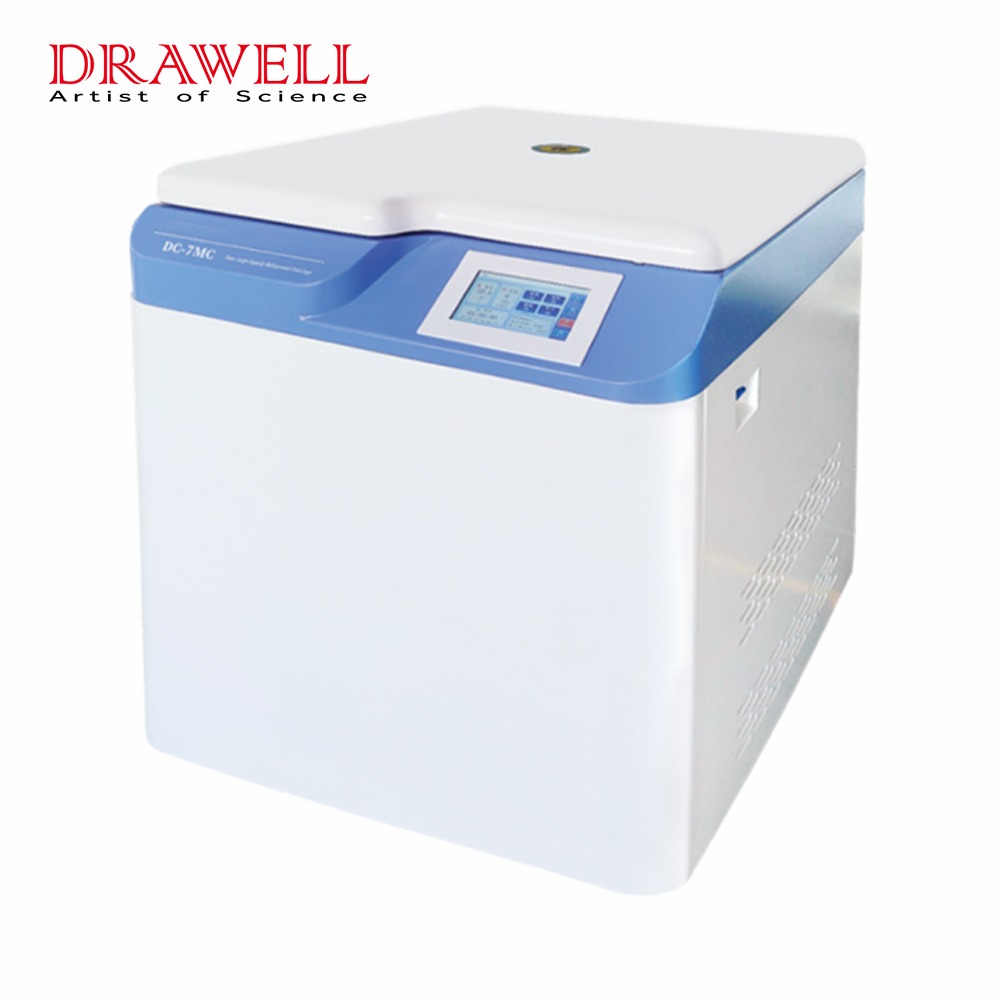As for centrifuges, there are floor centrifuges and benchtop centrifuges. This article is mainly to introduce floor centrifuge. Floor centrifuge is also called floor standing centrifuge and floor model centrifuge.
Why do you need a floor standing centrifuge?
Your laboratory space is limited, and you cannot place a benchtop centrifuge on the table. Your laboratory has a lot of personnel, and everyone has different research directions and various operations. At this time, a floor-standing centrifuge may be your ideal choice. The application of the floor centrifuge is biochemistry radio-immunity and pharmaceutical and so on.

What advantages does the floor model centrifuge have?
The basic advantages are listed in the following:
- Large capacity
- Good stability of the main engine
The floor model centrifuge has a larger internal space, a better selection of parts and materials, and stronger overall stability.
- Stronger heat dissipation performance
The floor model centrifuge adopts the upper and lower structure. The cooling system has a larger heat dissipation area, a more reasonable design, and a lower system failure rate.
- Higher unbalance tolerance
The floor model centrifuge has better shock-absorbing suspension systems, higher stability, and the ability to tolerate larger amounts of unbalance.

Currently, floor standing centrifuges on the market are divided into 3 categories: high-speed, ultra-speed, and low-speed.
1. High-speed floor centrifuge
If you are looking for a high-capacity, high-speed, versatile centrifuge, then a high-speed floor centrifuge may be the best choice. Many high-speed floor centrifuges offer up to dozens of rotors for a variety of operations, including cell separation, protein precipitation, tissue culture, subcellular separations, nucleic acid purification, and so on.
2. Ultra-speed floor centrifuge
If your application requires up to 1,000,000x g centrifugal force, then you will need an ultracentrifuge. It is commonly used for the isolation of virus particles, fractionation of DNA, RNA, or proteins, and lipoprotein surfacing. Density gradient centrifuge and handling of nanoparticles are also typically performed on ultracentrifuges.
3. Low speed floor centrifuge
These high-volume centrifuges have a maximum relative centrifugal force of approximately 7000 x g and are suitable for those low-speed applications such as the separation of red blood cells and platelets from whole blood.
Recommended floor centrifuge: floor ultra capacity centrifuge
Nowadays, floor-standing large-capacity centrifuges can be widely used in central blood stations, pharmaceuticals, bioengineering, clinical medicine, genetic engineering, hospitals at all levels, colleges and universities, blood stations, radio immunization, nuclear medicine, and other fields. Floor ultra capacity centrifuge is one floor large capacity standing centrifuge that most people can choose.

The floor ultra capacity centrifuge is material separation equipment, specially designed for customers with large capacity requirements. This series of models have a large sample processing capacity. It can be used in many fields such as central blood banks, pharmaceuticals, bioengineering, clinical medicine, genetic engineering, and hospitals at all levels. It owns the characteristic of the floor centrifuge above introduced. It also owns a beautiful appearance and low noise.
Who can supply the floor ultra capacity centrifuge?
To know more about this centrifuge, drawell is a nice choice. Drawell is dedicated to the production of centrifuges since 1999. It has many years of production experience. Drawell’s centrifuges have always been rated as stable in quality and easy to use in user feedback. Besides, drawell also supply benchtop low speed centrifuge, benchtop high speed centrifuge, benchtop refrigerated centrifuge, and beauty centrifuge.












